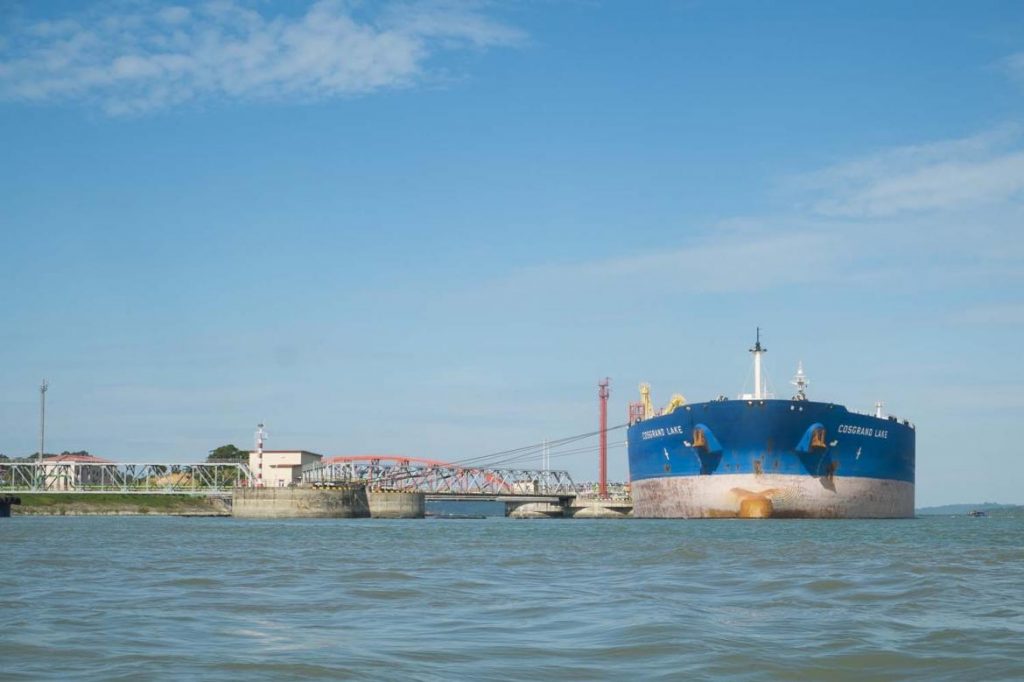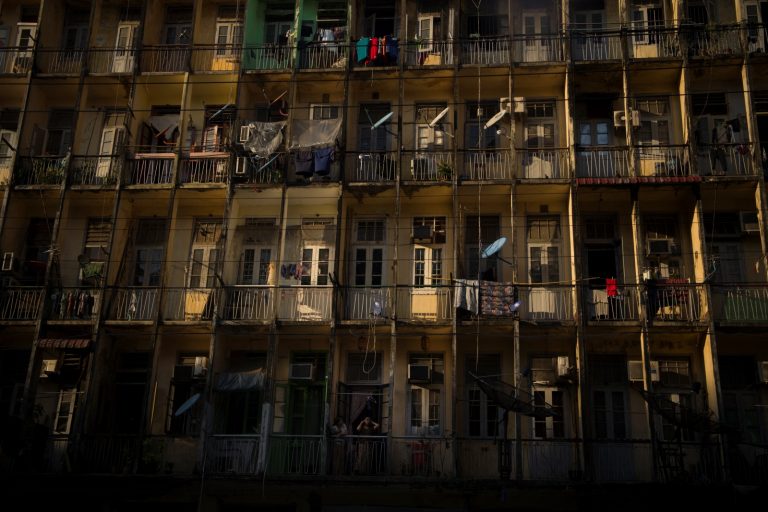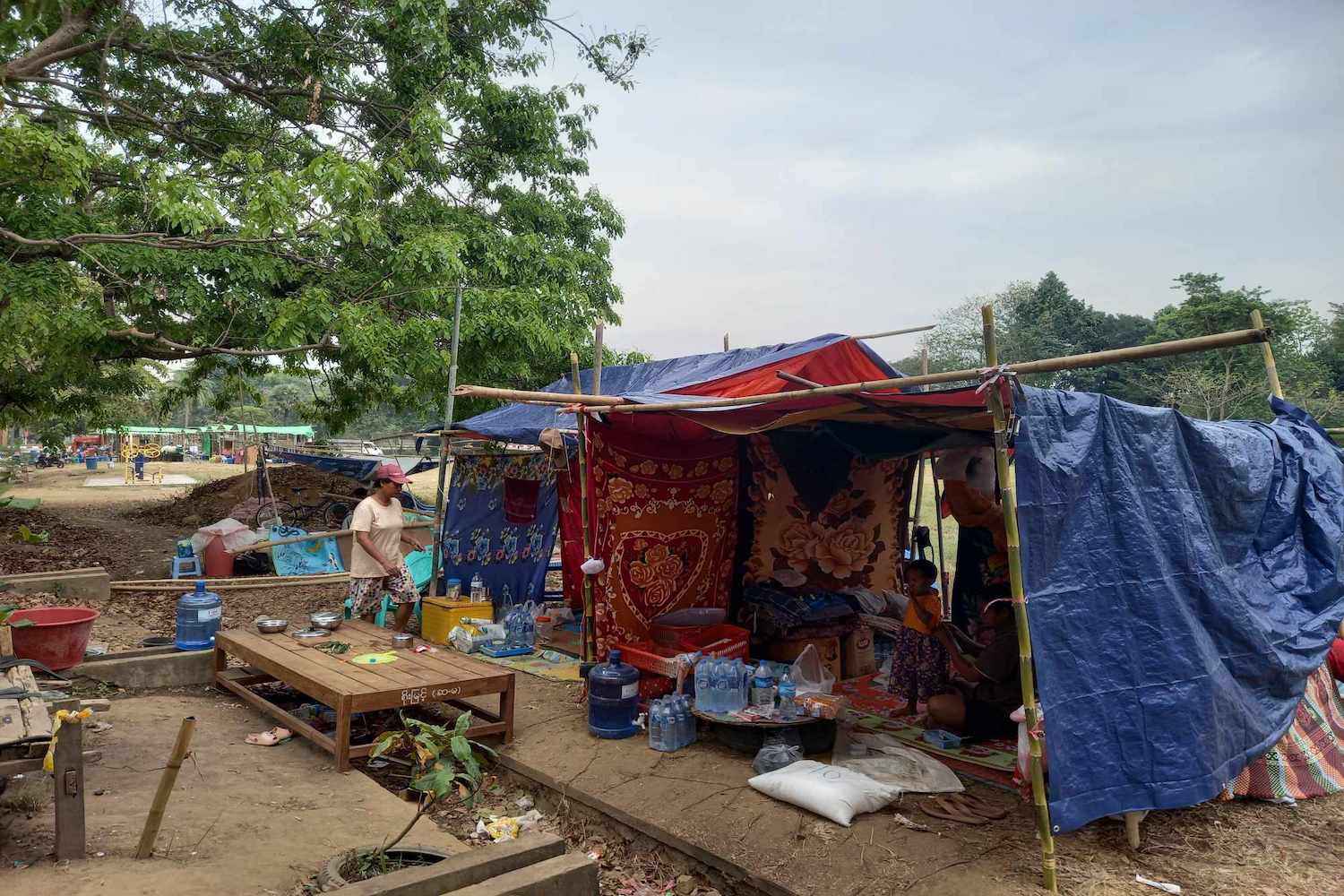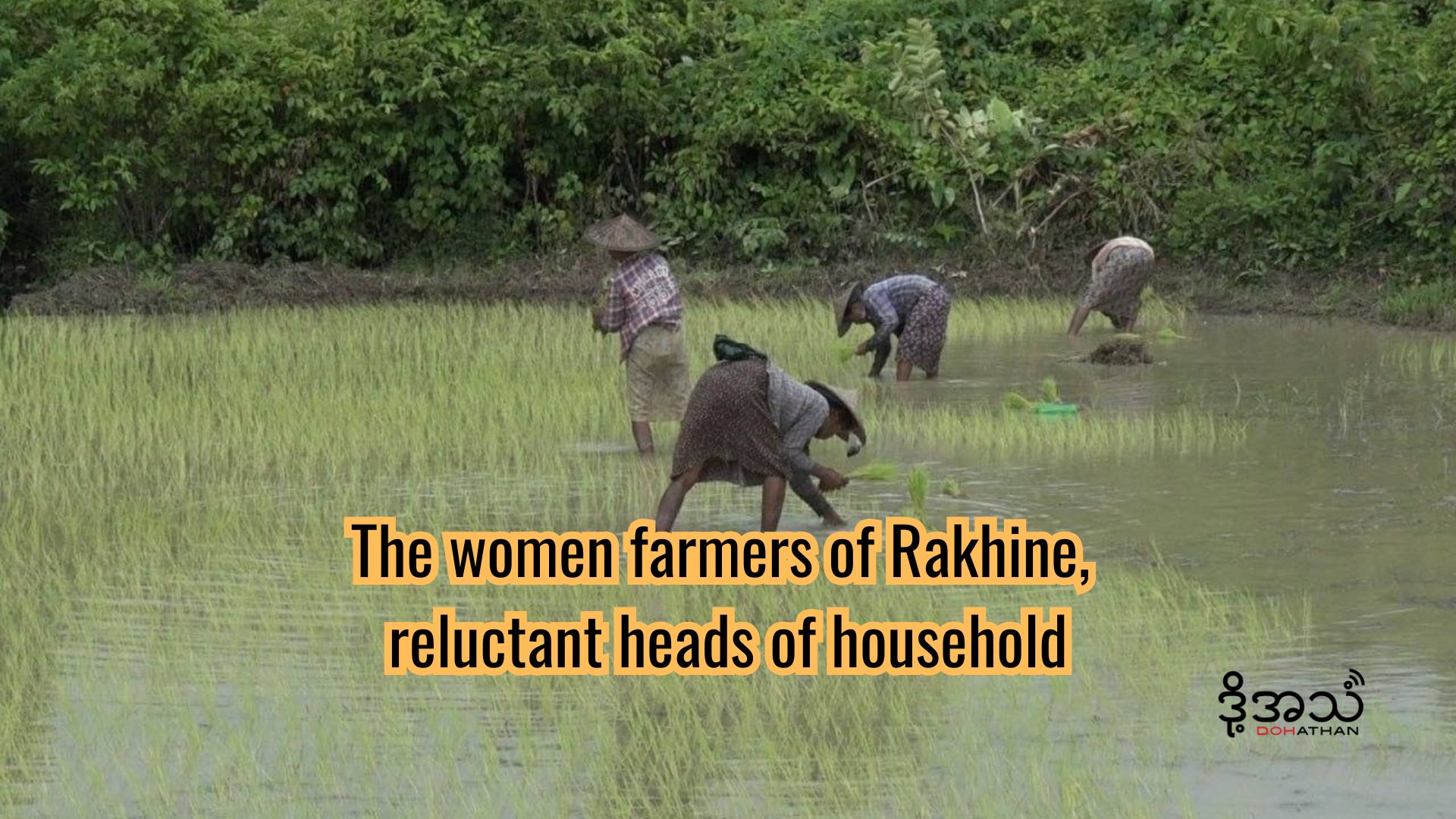The Myanmar government needs to ensure that mega Chinese investment projects truly serve the national interest.
By SITHU AUNG MYINT | FRONTIER
ON NOVEMBER 8, the Myanmar government and one of China’s biggest conglomerates, state-owned CITIC Group Corporation Ltd, signed a framework agreement for the Kyaukphyu deep-water port project in Rakhine State. Deputy Minister of Finance and Planning U Set Aung, who chairs the Kyaukphyu Special Economic Zone management committee, said the signing had followed lengthy and difficult negotiations between the two sides.
This project is a key element in China’s ambitious, multi-trillion dollar Belt and Road Initiative, which spans several continents. But how much can Myanmar and China expect to benefit from the project?
The development of the deep-water port and SEZ at Kyaukphyu is part of China’s strategy of securing access to the Indian Ocean via Myanmar, bypassing the Strait of Malacca. Myanmar and China signed a memorandum of understanding in September to cooperate on an economic corridor, with plans for an expressway and a railway linking Kyaukphyu with China’s land-locked Yunnan Province.
Pipelines delivering gas and oil from Kyaukphyu to Yunnan have been in operation since 2013 and 2014, respectively. China had long wanted the pipelines as part of an energy security policy aimed at reducing its reliance on supplies shipped through the narrow, congested Strait of Malacca between the Malay Peninsula and the Indonesian island of Sumatra.
Support more independent journalism like this. Sign up to be a Frontier member.
China has a two-step plan for the port and SEZ. According to the first, the port will be built to export products made in Yunnan and neighbouring provinces to the Middle East, Africa and Europe. The second phase involves the direct export from Kyaukphyu of goods made in the SEZ. It is understandable that China would want to build an international standard expressway and railway linking the deep-water port and SEZ with Mandalay, the border town of Muse and Yunnan’s capital, Kunming. The transport links are badly needed because the main artery for Myanmar-China border trade, the two-lane highway between Mandalay and Muse, is frequently congested and gets easily blocked.
Building the expressway and railway will also be a big and costly project. Stations will need to be built for the railway and the expressway will need petrol stations and roadhouses. Taken together, the gas and oil pipelines, the deep-water port and SEZ at Kyaukphyu and the expressway and railway are an enormous undertaking.
When China proposed these projects, the Union Solidarity and Development Party government of President U Thein Sein agreed to them in principle. However, Thein Sein’s administration, whose term ran 2011-16, was facing increasing public opposition to massive Chinese investment in Myanmar, an early consequence of which was the suspension of the Myitsone Dam project in Kachin State in 2011, and the Kyaukphyu-Mandalay-Muse expressway and railway projects stalled.
However, the Kyaukphyu-based projects stayed on the agenda. In 2012-2013 a preliminary study was conducted for the deep-water port and SEZ and when international tenders were called in 2014, CITIC’s bid was successful and an initial agreement was signed on December 30, 2015. The agreement between the USDP government and CITIC provided for a total investment in the port and SEZ of US$7.8 billion, with the Chinese side having an 85 percent share, and Myanmar 15 percent.
However, the project faced strong opposition, including from local Rakhine residents, and when the National League for Democracy took office in early 2016 it made the decision to renegotiate the agreement. Under the deal eventually renegotiated this month, the deep-water port will be built at a greatly reduced cost of $1.3 billion, with China owning 70 percent and Myanmar 30 percent, and the SEZ will be the subject of a separate framework agreement.
Because of the huge scale of the project, even under the renegotiated terms, construction of the expressway and railway linking Kyaukphyu now seems inevitable. If we don’t step back now, there will be no alternative. On October 22, Myanma Railways and China Railway Group Ltd (CREC) signed an MoU for a feasibility study to build a railway line between Muse and Mandalay.
The size of the port and SEZ project at Kyaukphyu is an indication of the great importance that China places on access to the Indian Ocean. How much Myanmar can benefit from this big project and others involving Chinese investment will depend on its ability to negotiate the best possible outcome for the country.
The Chinese dragon has truly entered Myanmar.







